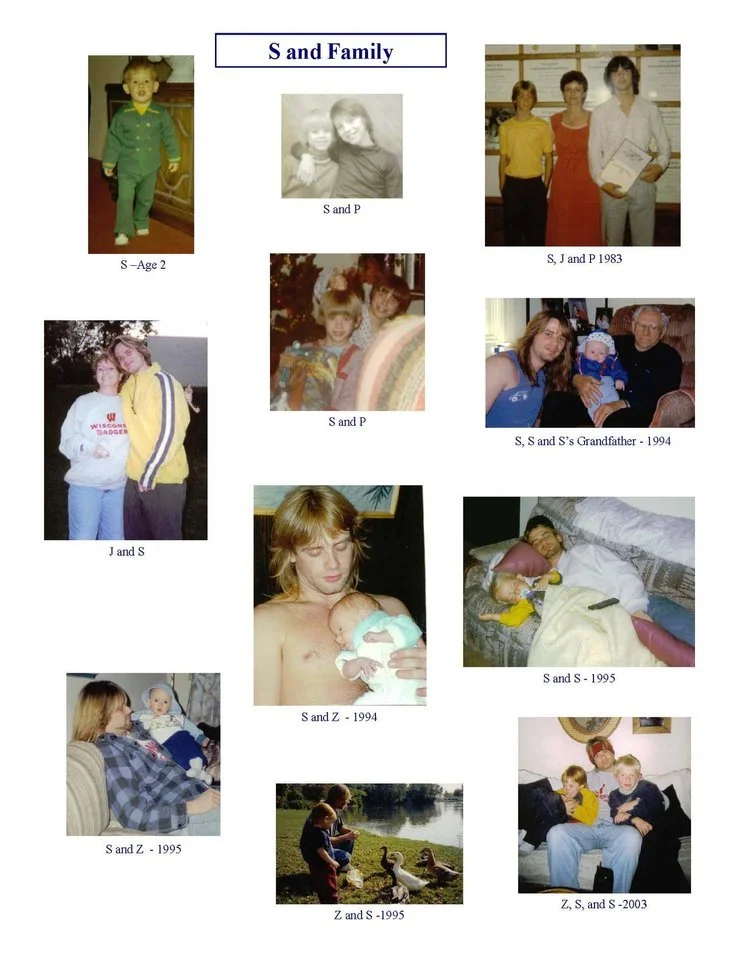
PreSentence Investigation Report
A well written, comprehensive sentencing report has the potential to serve and benefit courts, clients and communities.
“People are always speculating:
Why am I as I am? To understand...any person, his whole life from birth must be reviewed. All our experiences fuse into our personalities. Everything that ever happened to us is an ingredient.”
There are generally three main phases to defense based sentencing mitigation: investigation, report writing and the sentencing hearing.
The investigation portion consists of extensive interviewing, psychological evaluation, thorough background inquiry and an assessment of findings, including the defendant’s social, family and criminal history.
Mitigating factors provide an explanation of how the client got from “there to here.” In any client’s situation, there are always mitigating factors that the judge should consider during sentencing.
A comprehensive investigation will reveal such mitigating factors which will provide the focus for the development of a plan to demonstrate for the judge that the client presents a diminished or negligible threat to the community. (Example: random drug and alcohol screening while client is out on bond.)
Sentencing plans are carefully structured to treat, counsel and otherwise attempt to assist the offender in becoming a productive member of the community in which he or she lives. Defense based sentencing is also cognizant of the need to minimize danger to the community and offer restorative justice to any victims where possible.
Testimony and the defendant’s allocution highlights the mitigating factors and further corroborates how the sentencing recommendation will provide the best course of action.
Psychological Evaluation
There may be significant signs and symptoms of mental illness (ex. substance use disorder) that warrants evaluation and diagnosis. It can be significantly persuasive to the court if the report includes a comprehensive plan that includes treatment, employment opportunities, and integration into a community living situation.
It is also important to include a description of any emotional, mental illness or personality factors that may have led to the client’s situation.
Innovative Advocacy Strategies: Genograms, Timeline Graphs, Photographic Corroboration
These forensic tools can aid in telling the story of the client while also helping the court to understand the client’s background mitigating factors.
When appropriate, photographs and videos can aid in supporting the client’s assertion of positive character traits and in illustrating their background.
Determination of Appropriate Consequences
At sentencing, it is not a question of whether the defendant should incur consequences, it is the question of what are the most appropriate consequences. The court needs to be persuaded that the consequence recommended in the report is not only the best one but also the one that meets the basic requirements of sentencing: the rehabilitation needs of the client, protection of the public and not unduly depreciating the seriousness of the crime.
This is accomplished by having a thorough understanding of pertinent case factors and the potential sentencing possibilities, the creation of innovative consequences, and exceptional persuasive writing skills.
Specific examples of innovative consequences that have met with success in court in the past can be further discussed during an initial consultation with Lisa Andreas.
